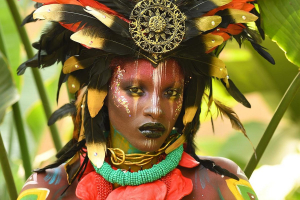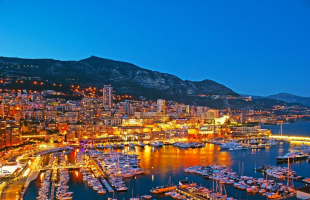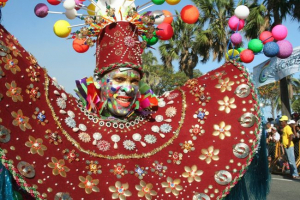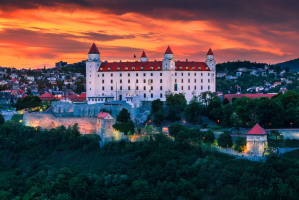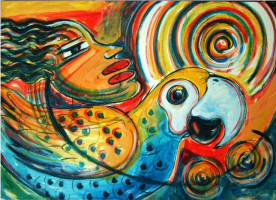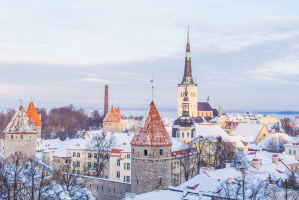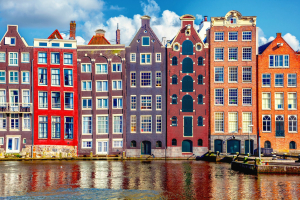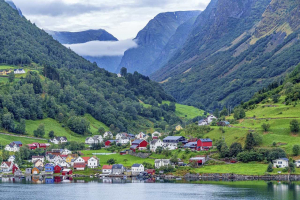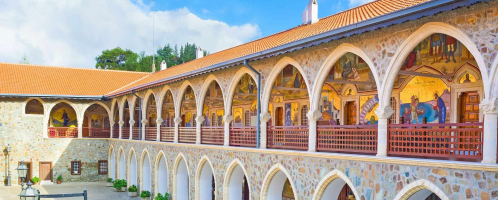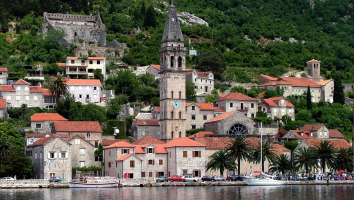Top 5 Latvia Culture, Customs and Etiquette
With its more than 500 kilometers of coastline, thick woods, myriad outdoor activities, and rich cultural heritage, Latvia checks all the boxes for a dream ... read more...vacation spot. Historic structures of beautiful architecture can be seen in Riga. The nation's hiking trails, beaches, rivers, and mountain bike activities will keep you occupied for weeks if you're looking for adventure. The culture of Latvia is rich and includes various traditions. If you intend to travel, learning more about Latvian customs will improve your trip and help you interact with locals. Here are a few suggestions to assist readers to learn more about Latvia Culture, Customs, and Etiquette, and becoming wiser travelers once they have the chance to experience its splendor.
-
The customary welcome is a short, hard handshake with close eye contact. The facial expressions of Latvians are often restrained, and they take their time to grin. Once they get to know you, their initial reserve starts to melt away. Some Latvians will lightly kiss the cheek while meeting a close friend or relative, but many will not, therefore it is not a universal indicator of how close the bond is. Titles are crucial and indicate respect. It is customary to state someone's first and last name when introducing them, with the honorific title "kungs" for men and "kundze" for women added. Don't use their first name unless you've been invited.
For holidays as well as other occasions like marriages and baptisms, Latvians typically share gifts with family and close friends. Gifts don't have to be pricey; it's more crucial to select an item that demonstrates your consideration for the receiver. Take a box of chocolates, a bottle of imported liquor, fruit, or flowers for the hostess if you are invited to a Latvian's home. Odd numbers should be used when giving flowers. When someone is in mourning, even quantities of flowers are given. Red roses shouldn't be given because they are sometimes used at funerals (although this is now changing). Gifts are typically unwrapped right away.

preply.com 
preply.com -
Based on the historical era in which they emerged, Latvian national costumes can be divided into two categories: the "ancient clothing" period, which spans the 7th to the 13th century, and the "ethnic" or "ethnographic dress" period, which spans the 18th and 19th centuries. The traditional Latvian belt, a broad sash with a woven geometric pattern, is a defining element of Latvian women's folk attire. In Latvia, each region has its own distinctive patterns and hues.
The most well-known is the Lielvrde sash, or josta, a large, intricately patterned red and white woven sash. The belt was useful because it kept clothes together and could be used to attach objects like keys or a dagger in an era before clothing had pockets. Some academics think that the signs and graphic symbols on the sashes, which resemble old pictographs from Asia, represent ancient coded information. The Lielvrde sash is so recognizable that it can be seen on the passports of the country. National costumes are most frequently worn in modern times at the Song and Dance Festivals, which are held in Riga every four years, and on Midsummer Night, a well-liked national festival observed on June 23 in Latvia.
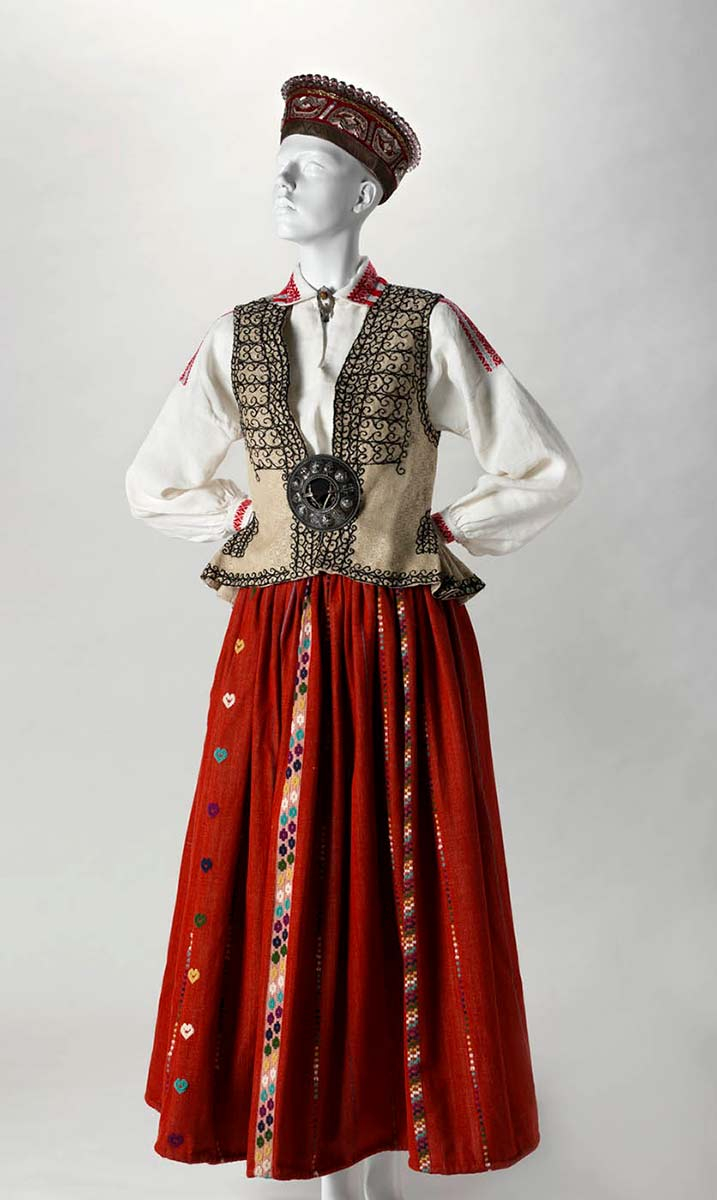
babogenglish.wordpress.com 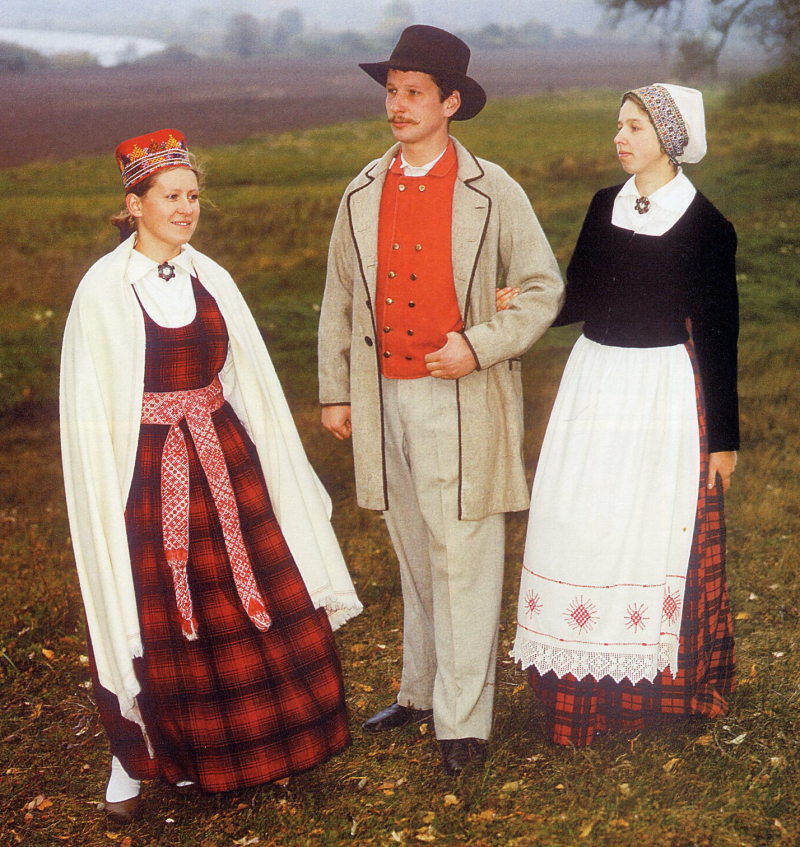
babogenglish.wordpress.com -
Through interactions with Germans and Russians, Latvia became Christian. It is part of the Latvian culture, customs and etiquette. The Catholic faith was brought by the knights of the Teutonic Order, while the Orthodox Church came before the eleventh century. The Moravians, who came to Raga in 1729 and established a seminary in Valmiera, gathered a large following very rapidly. This movement elicited exuberant reactions and developed a strong nationalistic bent. Mid-nineteenth-century Baptist immigrants were also successful in piqueing the curiosity of the local populace. The stifling Baltic German presence was associated with the Lutheran and Catholic faiths.
The local interpretation of Christianity contains remnants of earlier traditional beliefs, which affect daily attitudes and discussion. The ongoing commemoration of the midsummer solstice Ji serves as a symbol of national identity and a reminder of the influence of ancient beliefs and customs. During the Soviet occupation, religious activity was suppressed and many ministers were detained. Funerals and memorial services, on the other hand, were extremely lavish events that eventually served as a covert means of expressing national mood. Many new religious movements have been introduced and religious practice has been revived during the post-Soviet era.
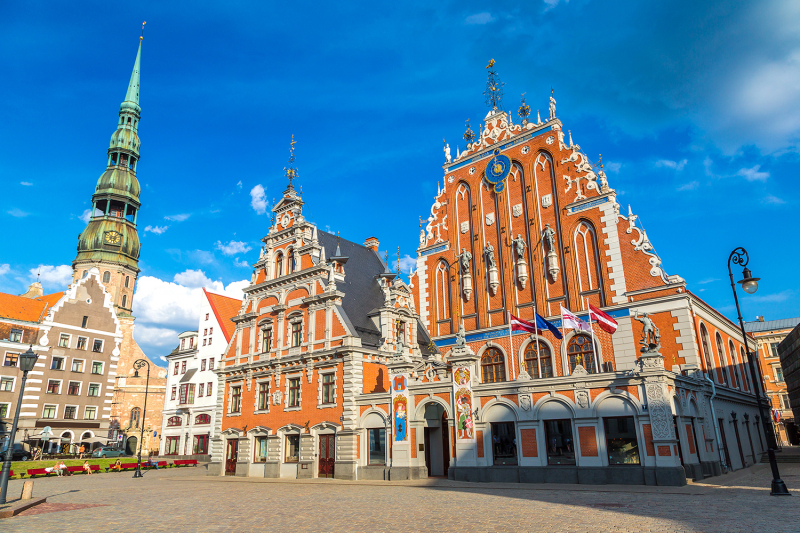
roadaffair.com 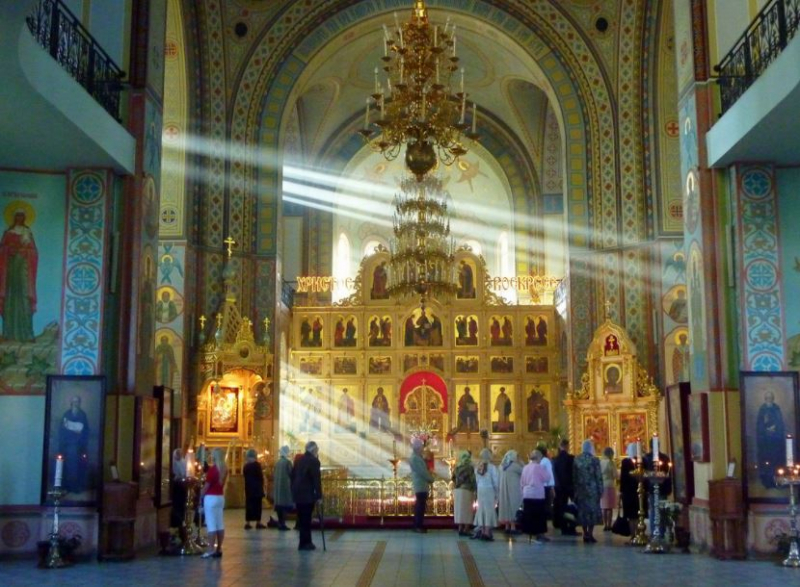
roadaffair.com -
Latvians are kind and polite. They could be very reserved. They are uncomfortable making small talk and rarely smile, especially around strangers. They frequently give the impression of being able to accept silence that other cultures might find awkward. They may come off as stern due to their actions. But as soon as a connection forms, some of the façade will go.
In business, personal matters are rarely discussed. Latvians don't seem to speak with a lot of emotion. If you come from a culture where hand gestures are frequent, you might want to tone them down to fit in with customs where you are. They might be task-oriented and very direct speakers at the same time.If your voice is loud, you might want to lower it when speaking with Latvians. Although they generally temper their comments to save the other person's feelings, Latvians can be blunt communicators. They tend to take their time to congratulate others and can grow dubious of compliments that are given too quickly or without sufficient justification. It's crucial to refrain from criticizing someone in front of others since decent manners forbid you from embarrassing someone in public. Your personal relationship could suffer irreversible damage from even the slightest hint that you are dissatisfied. Low context communication is prevalent in Latvia. They don't need a lot of previous knowledge, and if you try to explain too much, they could get annoyed. Make an effort to be detailed and make sure the question you're asking is relevant to the topic at hand. Do not inquire merely for the sake of asking.
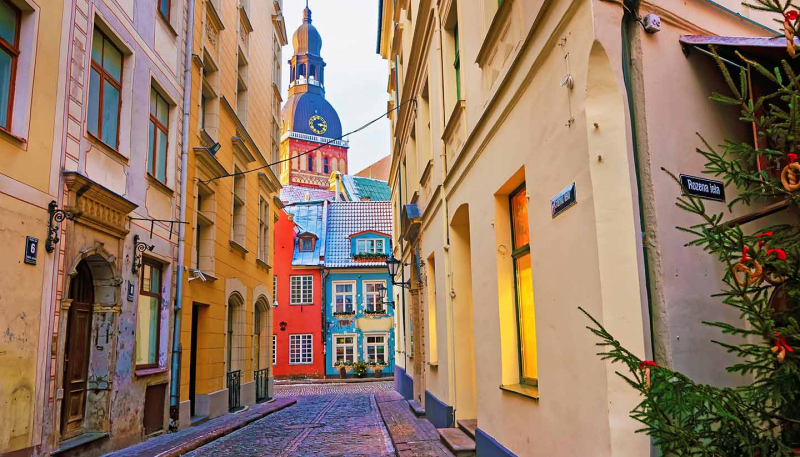
worldtravelguide.net 
worldtravelguide.net -
Lettish, commonly known as Latvian, is an Eastern Baltic language spoken in the Baltic region and is a member of the Baltic branch of the Indo-European language family. That is one of the Latvia culture, customs and etiquette. In addition to being one of the official languages of the European Union, it is the language of the Latvian people. There are 100,000 native Latvian speakers outside of Latvia and roughly 1.3 million in Latvia. In total, 2 million people, or 80% of Latvia's population, speak Latvian. Around 1.16 million of them, or 62% of Latvia's population, speak it at home; however, outside of the Latgale Region, over 90% of people use it as their first language in villages and towns.
While Old Prussian, an extinct Baltic language, and Lithuanian, a neighboring language, are the languages that Latvian is most closely linked to as a Baltic language, Latvian has developed more quickly. It is also debatable whether Latvian and Kursenieki, which are mutually intelligible, should be regarded as varieties or different languages. The Lord's Prayer was translated into Latvian and printed in Sebastian Münster's Cosmographia universalis (1544) for the first time in the language's history.
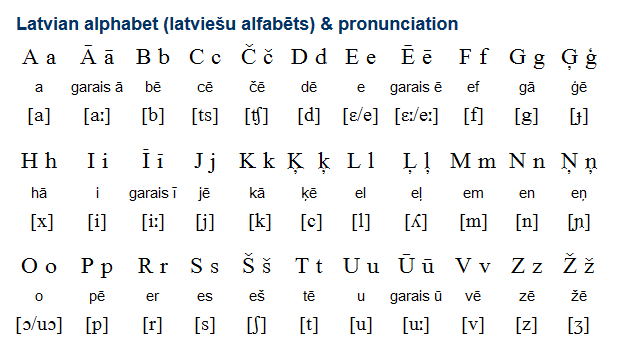
remax.eu 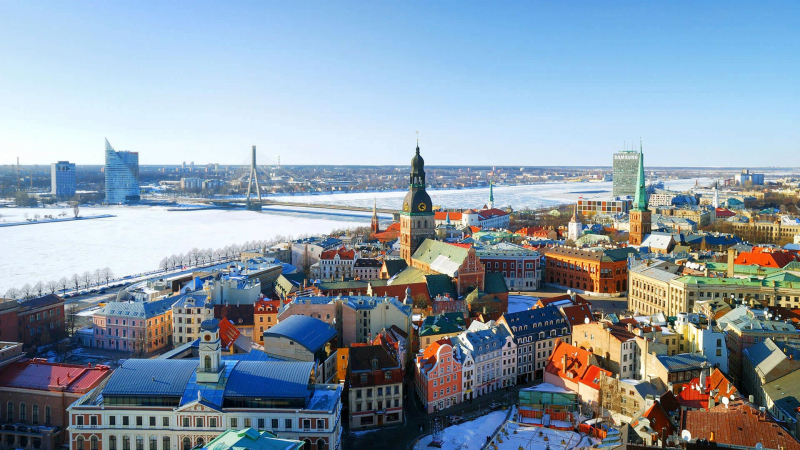
remax.eu







